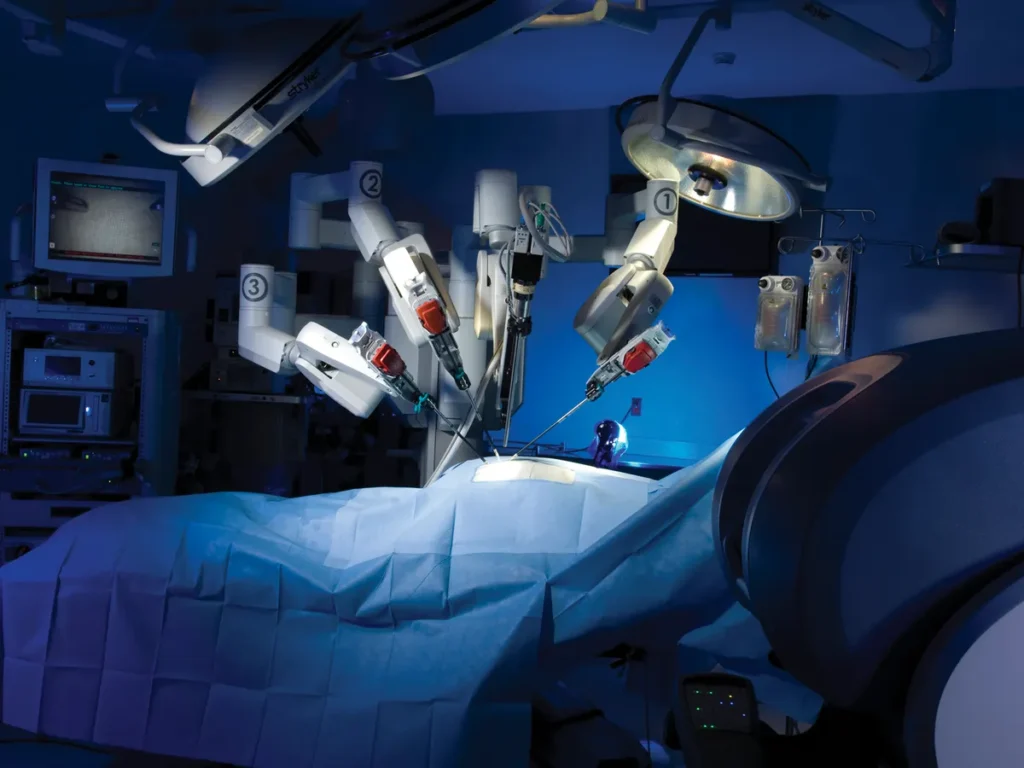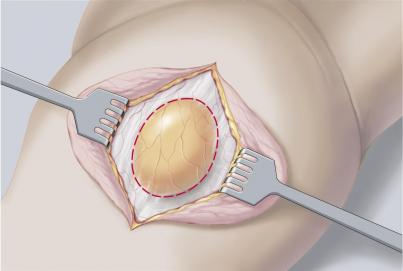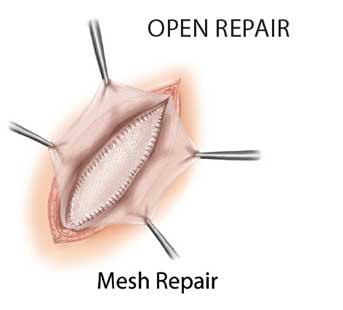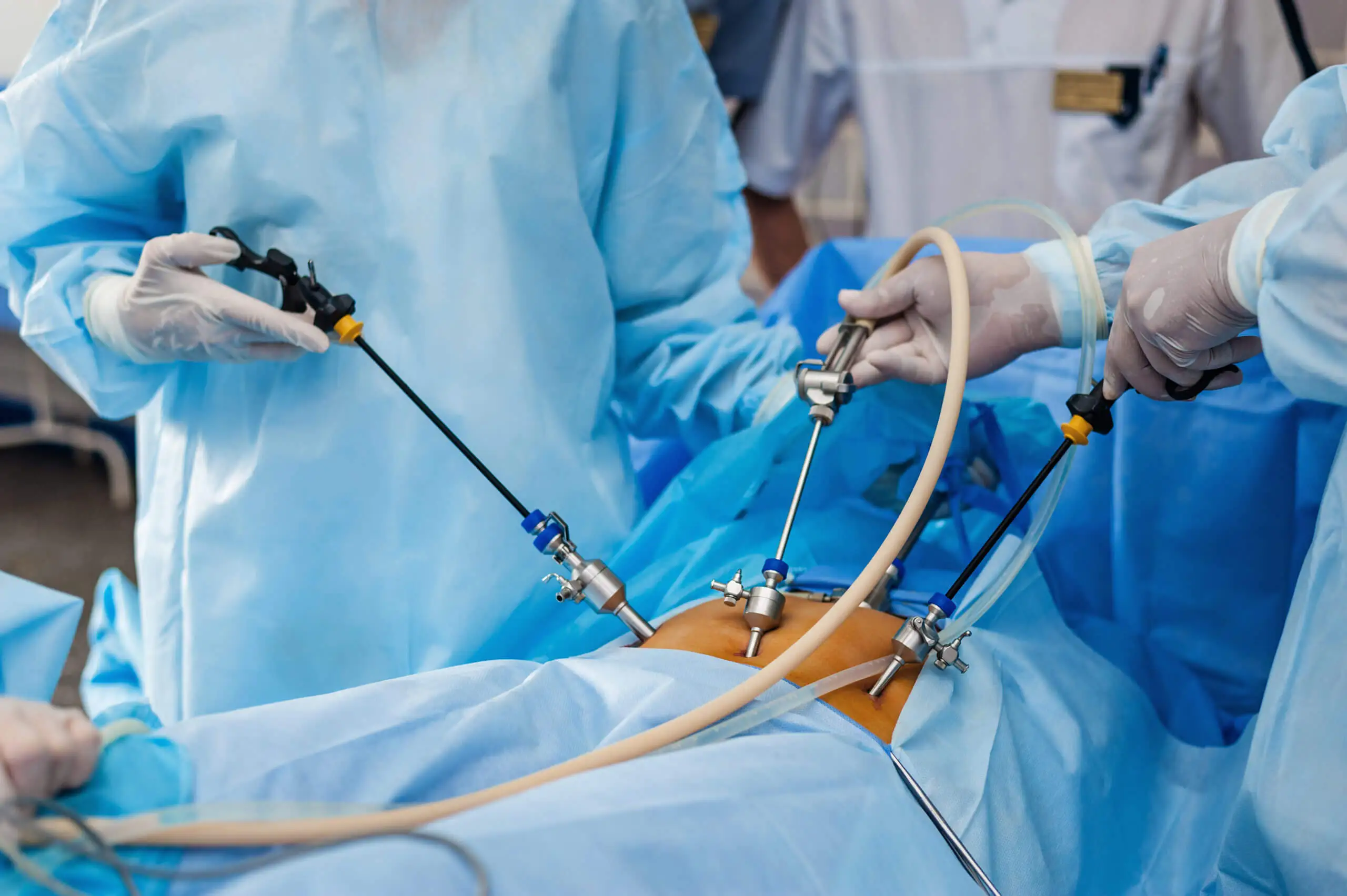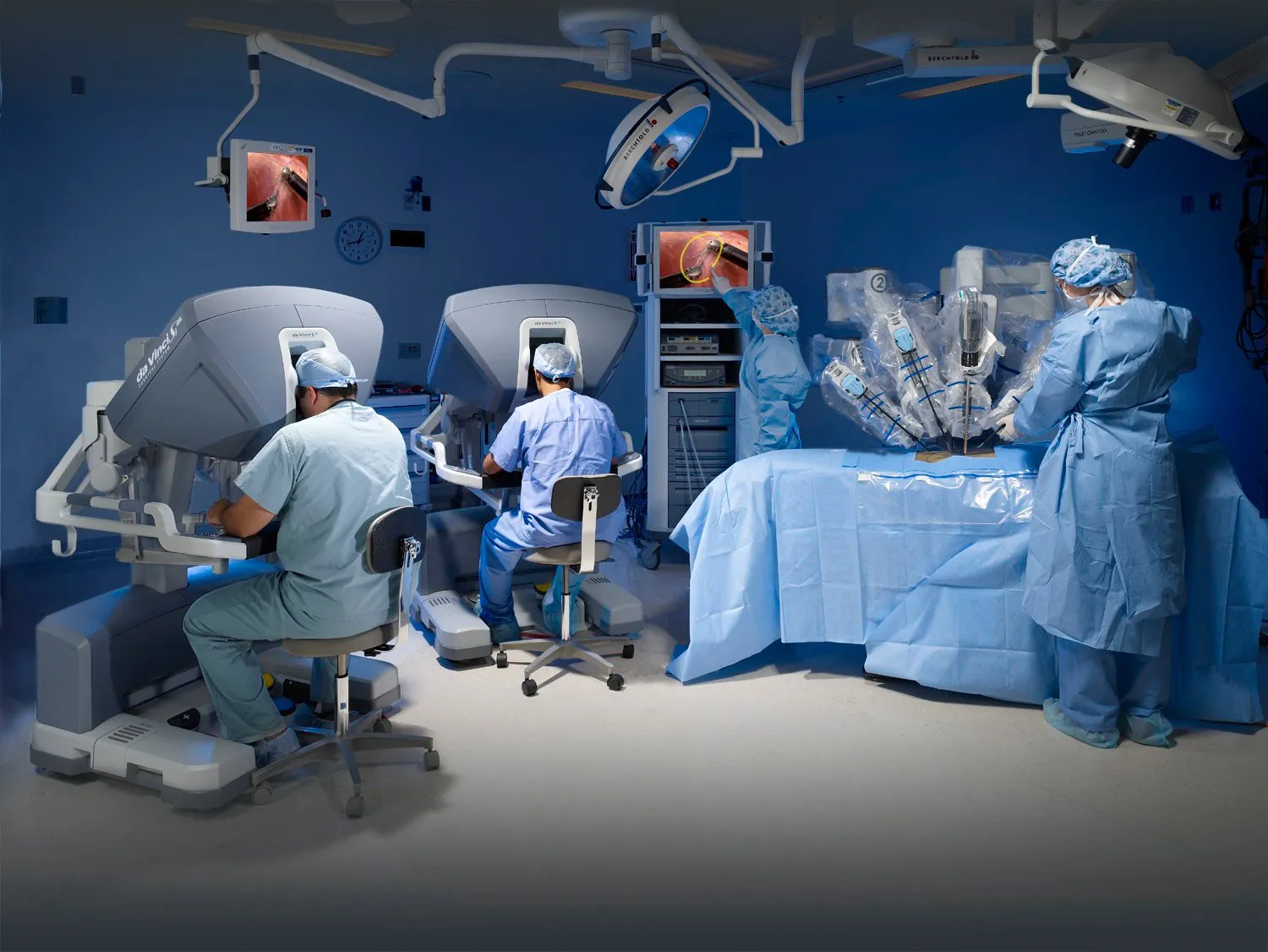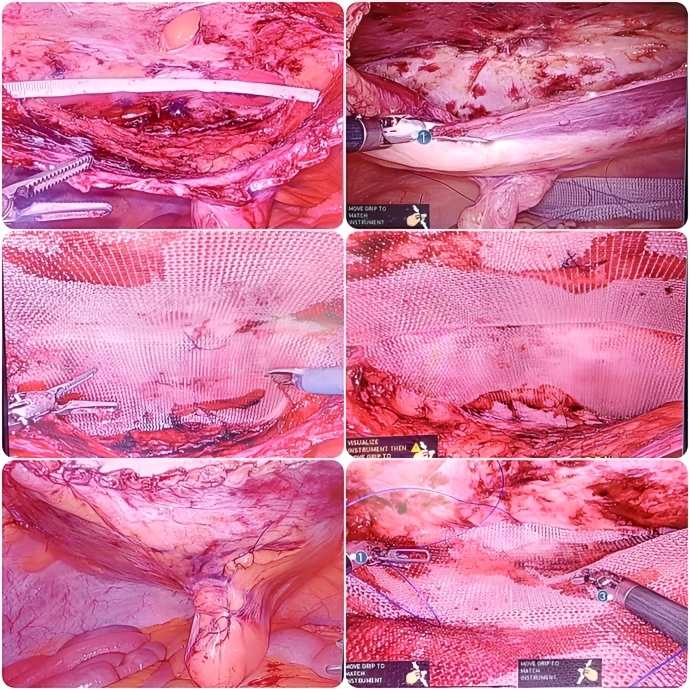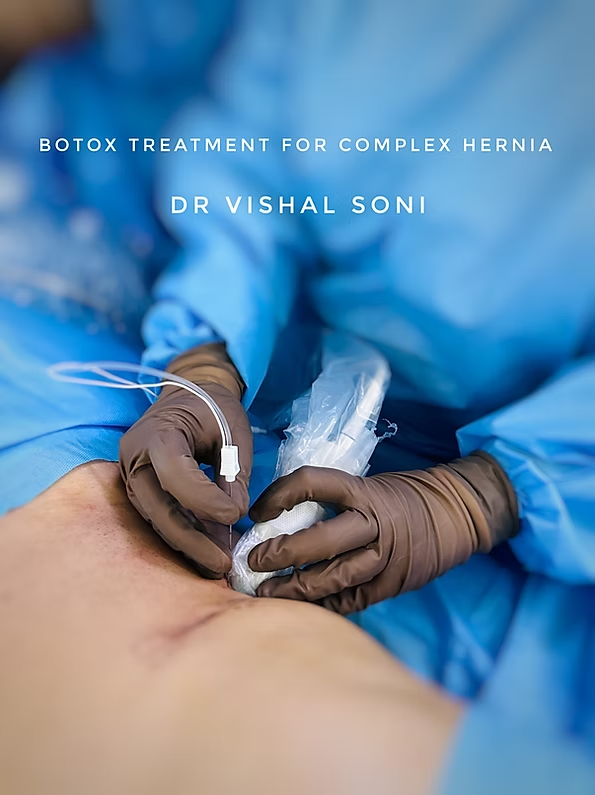
The Mesh
A #Mesh is a natural or synthetic woven structure used to augment the strength of the Musculo-Fascial Layer of the Abdomen and is most important in modern-day Hernia Treatment. There are innumerable variations in type, composition, pore size, strengths, such as lightweight or heavyweight meshes, absorbable or non-absorbable materials.
Prior to placing a mesh, careful evaluation of the hernia type and patient condition is essential so that the most suitable mesh is selected. A #Mesh usually requires fixation to the abdominal wall or a stable structure, using methods such as sutures, glue, or tackers (medical-grade screws).
Until now, no universal fixation method suits every patient; the best option depends on individual profiles and surgical goals. To conclude, personalized mesh selection and fixation are key to successful hernia repair and long-term patient outcomes.

